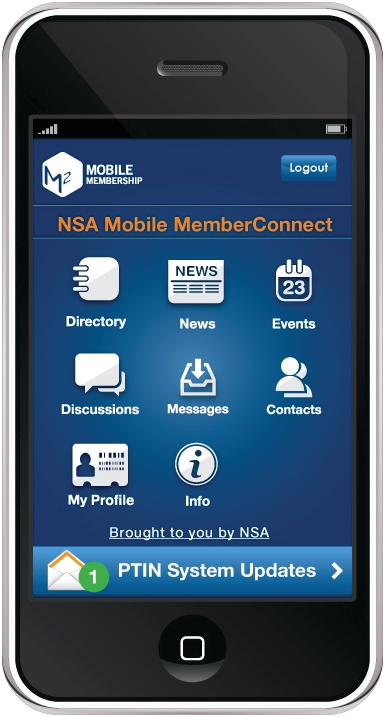Software
Mobile Trends to Watch: Mobile Web and Customization
There are a number of major trends in the mobile space which will change the way software providers deliver applications and services to us mobile devices in 2013. Two of these trends are the move toward Mobile Websites instead of apps, as well as customizable apps which allow a firm to brand a client-facing app with their name and logo.
Jan. 28, 2013

There are a number of major trends in the mobile space which will change the way software providers deliver applications and services to us mobile devices in 2013. Two of these trends are the move toward Mobile Websites instead of apps, as well as customizable apps which allow a firm to brand a client-facing app with their name and logo.
Mobile Apps Will Give Way to Mobile Web
The historical model for a mobile app has involved creating an iPhone app, followed by versions for Android and Windows Phone. Unfortunately, the cost of writing, updating, and troubleshooting apps on multiple devices running different versions of multiple platforms is not sustainable in the long run.
While two operating systems (Google Android and Apple iOS) are used in the vast majority of smartphone and tablet installations, we are starting to see signs that the huge numbers of combinations of devices and operating system versions are becoming difficult, if not impossible to manage. Although the latest version of Google’s Android operating system (Jelly Bean, versions 4.1-4.2) was released in July 2012, and is on all of the newest devices, this version only has a 10.2% market share on active devices, as compared to a 47.6% market share for the “Gingerbread” version (v. 2.3). When one considers the resurgence of Windows Phone, along with releases expected from RIM (BlackBerry) and rumored phones running Ubuntu Linux, the only way to reach all of these platforms is to create a mobile website.
The good news for this approach is that high speed data coverage is good, and getting much better. The major carriers in the US have agreed upon a single standard for high speed mobile data – LTE (Long Term Evolution). While Verizon and AT&T have the largest LTE networks, Sprint and T-Mobile have committed to large investments in their networks to support better coverage and higher throughput speeds.
These two trends will likely push more information to mobile web portals instead of custom apps. A secret shared by many of apps in the existing app stores is that the
“app” is not much more than a glorified web bookmark. This trend will continue as the fragmentation of operating systems and versions makes it more difficult for publishers to have a single app on multiple platforms.
The Emergence of the Customizable App
Given the move to sites instead of apps, it becomes much easier for service providers and end users to push updates to end users which tailor the user experience to match a firm’s branding and messaging. Two examples of this strategy in action are embodied in the MobileNSA Membership app used by the National Society of Accountants (NSA) and the Thomson Reuters NetClient CS app.
The National Society of Accountants (NSA) Mobile MemberConnect app is a generic software which is used by a number of organizations to deliver services to their members. The app, which is available for both iOS and Android devices can be downloaded to a device, and is customized for NSA members when they log into their online account. More information is available at http://bit.ly/nsamm. (link is actually to
http://www.nsacct.org/MobileNSAMembershipApp/tabid/9872/Default.aspx)
Thomson Reuters announced the new NetClient CS Mobile App at the Synergy User Conference in December. While this application integrates mobile devices into the CS Suite’s client web portals, it also allows firms to rebrand their mobile app with the firm logo and name without having to write, support, and update a custom app. While I have no knowledge of plans from publishers to create similar customizable branding, I would not be surprised to see other client-facing apps which can be branded by firms so that they can collaborate more effectively with clients in 2013.
Conclusion
While software apps started out as large, complex programs similar to on-premises desktop computer applications, they have evolved to provide the capabilities of a web-connected browser session, the branding of a custom application, and the convenience of an “off-the shelf” software tool. These new strategies decrease cost and complexity while increasing flexibility and customization. Look for other publishers to adopt similar strategies which leverage their web platforms to deliver services to clients and staff over a wide range of mobile platforms.
